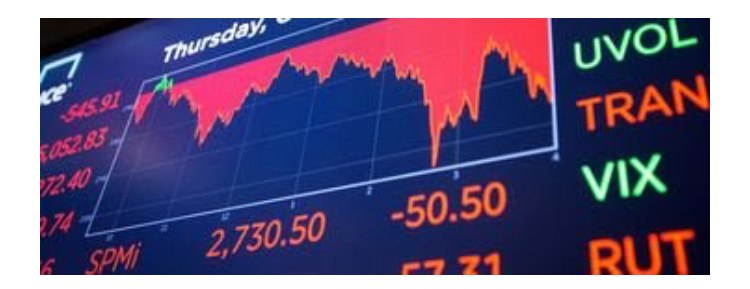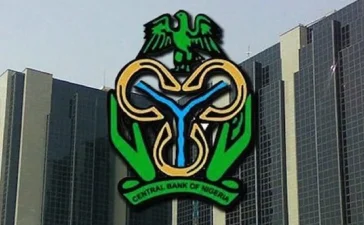The S&P 500 recorded its worst result last week since March when equities were enduring their most volatile stretch ever. Analysts say the market was approaching critical velocity the previous week but has quickly reversed course as momentum at its speculative edge faded.
 A version of the S&P 500 that strips out market weighs and is arguably more sensitive to economic twists slid twice as much as the regular benchmark. The winners list was short, dominated by megacaps such as Nvidia Corp. and Netflix Inc. whose success could be read as an economic negative.
A version of the S&P 500 that strips out market weighs and is arguably more sensitive to economic twists slid twice as much as the regular benchmark. The winners list was short, dominated by megacaps such as Nvidia Corp. and Netflix Inc. whose success could be read as an economic negative.
Financial strategists describe the results as “A narrow rally which is usually a bearish sign that tells us that growth in the economy is also very narrow. When economic growth is not broad-based, it’s not a healthy economy.”
Gains are merging around the biggest firms and those with a lot of profits and liquidity, a sign insolvency concern remains high. Conversely, companies that qualify as value stocks, those that look cheap across valuation metrics, took a beating.
The Russell 1000 Value Index had its third-worst week versus growth in the last decade, pushing a relative ratio of value versus growth to a fresh record low.
After three weeks in which a basket of companies with high risk of default outperformed those with the best credit health, the trend reversed, and the more precarious firms lagged by four percentage points over five days.
Since the March 23 low, the largest five companies — Microsoft Corp., Apple Inc., Amazon.com, Alphabet Inc. and Facebook Inc. — have accounted for over a quarter of S&P 500 gains, according to data compiled by Bloomberg.
Source: Bloomberg






